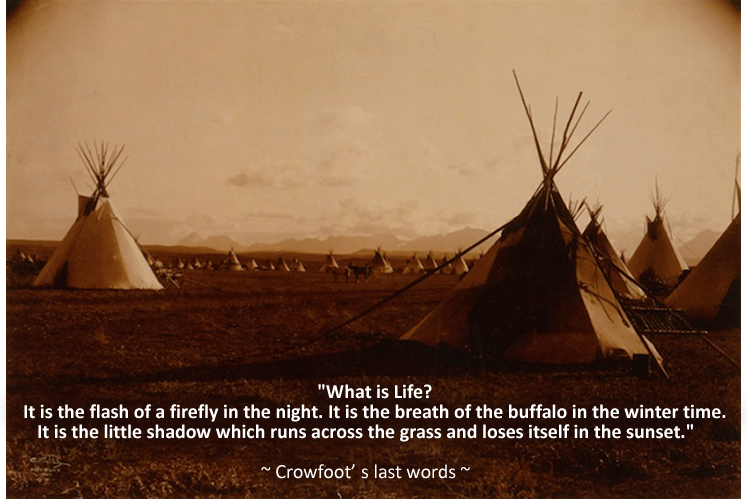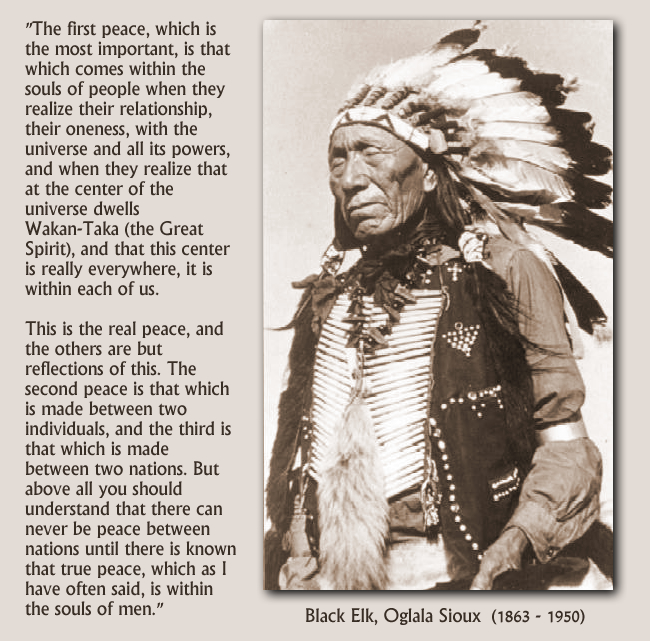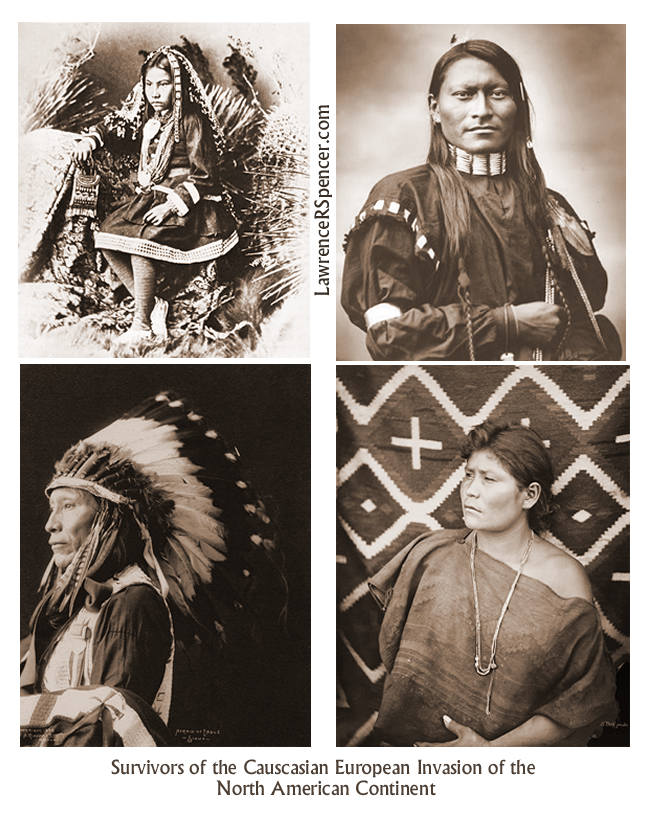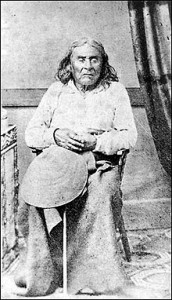Republished by Blog Post Promoter
 Order a copy of this map from http://tribalnationsmaps.com/
Order a copy of this map from http://tribalnationsmaps.com/
“The greatest massacre in history was wrought not with armor-plated soldiers wielding weapons of steel, or even with the clumsy flintlock muskets of the Conquistadors. Europeans possessed an unlimited arsenal of biological warfare weapons acquired through many generations of prohibition against the practice of bathing. Taking a bath in the 1400s was forbidden by the Christian Church as protest against the public baths so popular in the “pagan” Roman Empire.
Biological weapons were carried in the bodily filth of each and every soldier, sailor and priest who landed in the New World. Billions of unseen little soldiers–the bacilli of bubonic plague, yellow fever, malaria, cholera, small pox, diphtheria, measles, influenza, and legions of other unseen, unsuspected, unstoppable bacteria attacked the native inhabitants of the New World.
Like the terrifying science fiction story by HG Wells, “War of the Worlds”, the Conquistadors were real life invaders from an alien universe who effortlessly devastated the people of the New World. If a race of alien beings actually landed on Earth from a distant solar system or galaxy, it is quite conceivable that the fate of mankind would be sealed, not by military conquest, but by single-cell life forms carried on the skin or in the lungs of the other-worldly invaders.
Approximately 20 consecutive waves of pestilence swept the American Continents between 1492 AD and 1600 AD. Disease killed nine out of every ten people. By the year 1600 AD, it is estimated that 90 percent of the 100 million native inhabitants living in the Americas had died of diseases carried to them by the alien invasion forces of Europe!
Imagine what would happen to our current civilization if nine out of every ten people were to die of disease within the next 100 years?”
— Excerpt from the book THE OZ FACTORS, by Lawrence R. Spencer.






